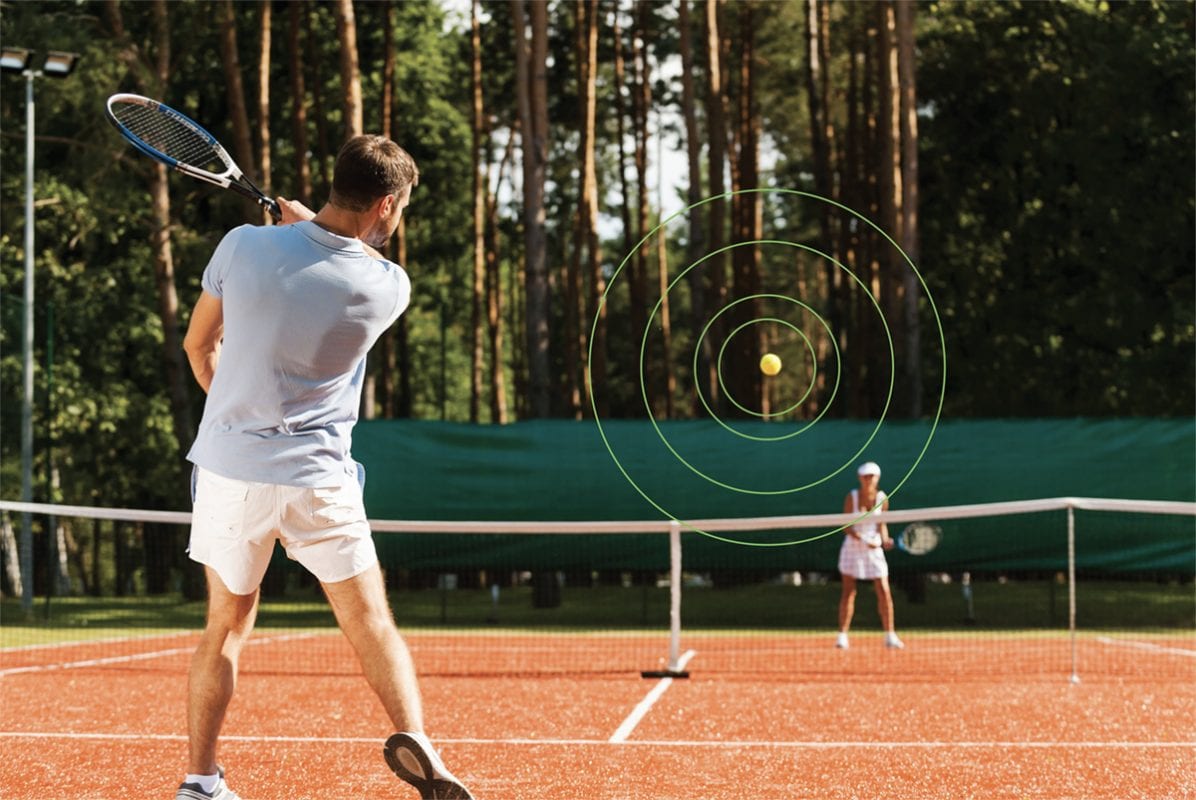Tennis is BACK, and I’d say it’s more of a groan than a bang. I’ve seen three to four tennis injuries this week alone in the clinic. Although I always see more tennis players and supporters around this time, this increase has coincided with Ireland’s relaxation of Covid regulations. This weekend marks the end of the Wimbeldon tournament, which I have always appreciated. The tournament frequently spurs new memberships or rekindles stale emotions for picking up a racket and hitting the court.
Tennis is generally a safe and low-risk activity, but it does carry a small risk of its own particular set of acute (recent) and persistent (long-standing) injuries. Numerous research on the epidemiology (causes) of injuries in tennis players at different levels have been conducted during the past several years. The most recent study I could locate was one by Micahel Fu et al. (2018) that was printed in Current Reviews in Musculoskeletal Medicine.
Their results were in line with other research, which has shown that acute injuries typically affect the lower extremities while persistent and overuse injuries mostly impact the trunk and upper extremities.
What then leads to our injuries? There are a number of causes for this, and Pluim & Drew (2016)’s study, which was published in the British Journal of Sports Medicine, identified the key factors as follows:

Theoretically, everything seems straightforward, but for both professionals and amateurs, problems are sometimes brought on by significant variations in playing time, or what we call loading. Players might rapidly increase their tennis playing time from 2-3 hours per week to 4-6 hours per day during the beginning of an outdoor tennis season when they begin to compete regularly (2-3 matches on one day). Therefore, it should come as no surprise that this change in load causes injury.
The most crucial step in beginning any sport is developing a base level of fitness. In the weeks that I have been treating patients with tennis-related ailments, it has become clear that they have lost some mental acuity as a result of the year of sporadic training. Sadly, some of them have not maintained some of the exercise required to keep them in shape for tennis. If you’re thinking about getting back into the game, start by increasing your base level of fitness. You can do a couch to 5 km run or other strengthening exercises that target both the upper body and the lower body at home, such as press ups, squats, lunges, or even footwork.
Tennis may last for hours on end, as previously discussed. This is known as session-session changes; moving from one hour to four hours is a 400% rise! To put that into perspective, let’s use another scenario. Suppose you decide to raise your weekly distance from 5 km to 20 km and then 20 km to 80 km.
Tennis can be somewhat unpredictable, making it challenging to avoid peaks, but if you consider your training week, perhaps you shouldn’t accept invitations to play singles, doubles, mixed doubles, and attend a coaching session every day.
Leave a Reply